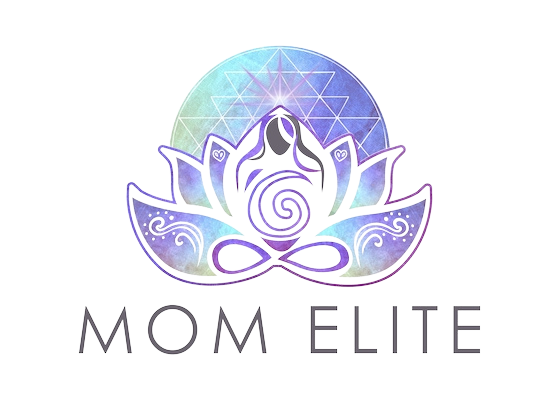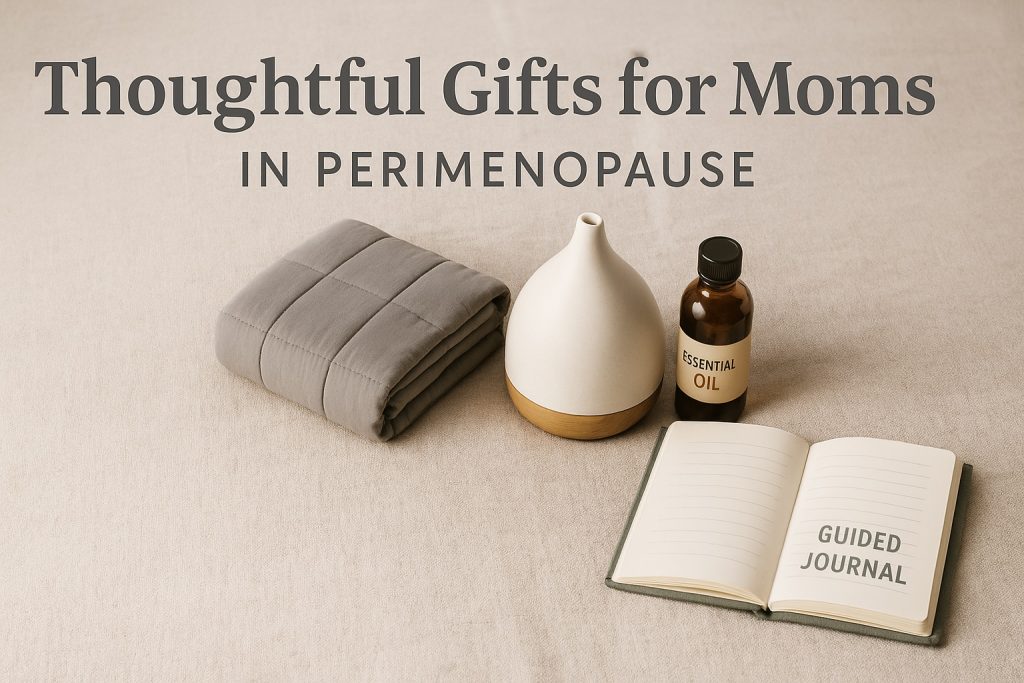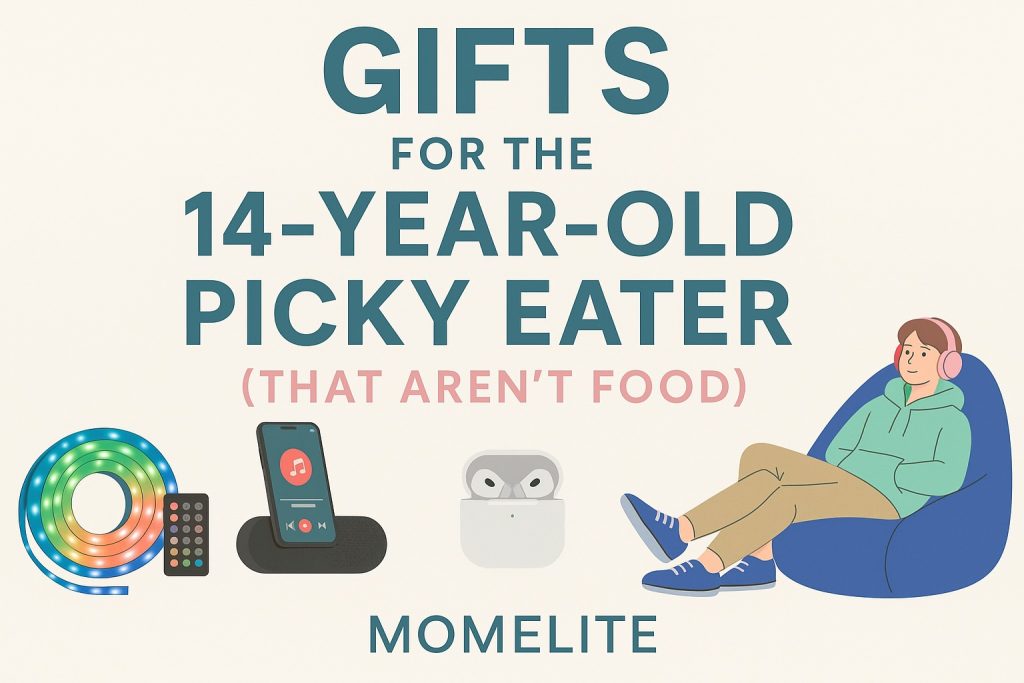Many moms think about saving their newborn baby’s cord blood following birth. If you’re unfamiliar with the cord blood banking process, you’ll probably want to learn more before making the decision to do so. We answer some of the most commonly asked questions about cord blood banking below. By gathering more information on this subject, you can feel more confident in what the process entails and whether you wish to pursue it.
What Exactly Is Cord Blood Banking?
This process allows parents to collect stem cells from umbilical cord blood. After your baby is born, a medical professional will insert a needle into the umbilical cord to retrieve the blood, collecting it in a special bag and delivering it to a processing facility.
Why Should I Consider This Process?
Simply put, you get one chance to collect the cord blood. Plus, over the years, this process has proven successful in treatments against various medical conditions and diseases. Although the research is still evolving, there’s potential to help your family or others in need.
Is the Process Safe, and Is It Painful?
Yes, cord blood collection is safe for the mother and baby—and, fortunately, collecting cord blood doesn’t hurt. Doctors collect the blood after they clamp the umbilical cord on both sides and cut it.
How Do I Choose a Bank?
Should you decide to go with cord blood storage, seek out a reputable bank with decades of experience. See if you can find a bank with accreditations as well; examples of such organizations include the AABB (American Association of Blood Banks), FACT (Foundation for the Accreditation of Cellular Therapy), and FDA (Food and Drug Administration). Also, ask about how the organization processes and stores the cord blood.
Further, as you select a bank, keep in mind whether you’d like to store blood for private or public use. Through public banking, you can opt into storing blood for anyone who may need a transplant that requires specific types of stem cells. On the other hand, private banking gives you the opportunity to choose how to use your baby’s cord blood; for example, you can keep it for future use for your child, their siblings, or even yourself or your parents.
What If I Don’t Use It?
It’s difficult to predict whether your family will utilize the cord blood. However, because it’s frozen through cryopreservation, the cord blood can remain in usable condition even after several decades of storage. In fact, some scientists mention that it’s possible to store it indefinitely.
We hope our insight on the more commonly asked questions about cord blood banking can help you in deciding whether the process is right for you and your baby.




